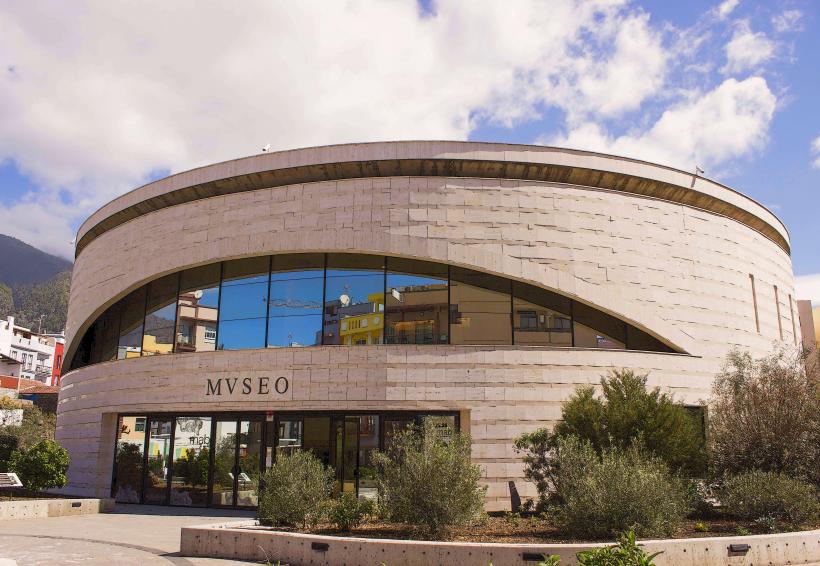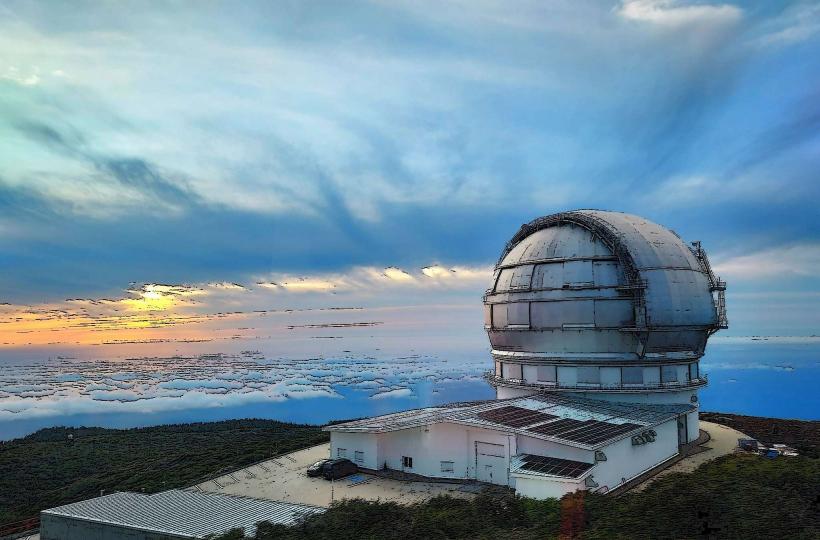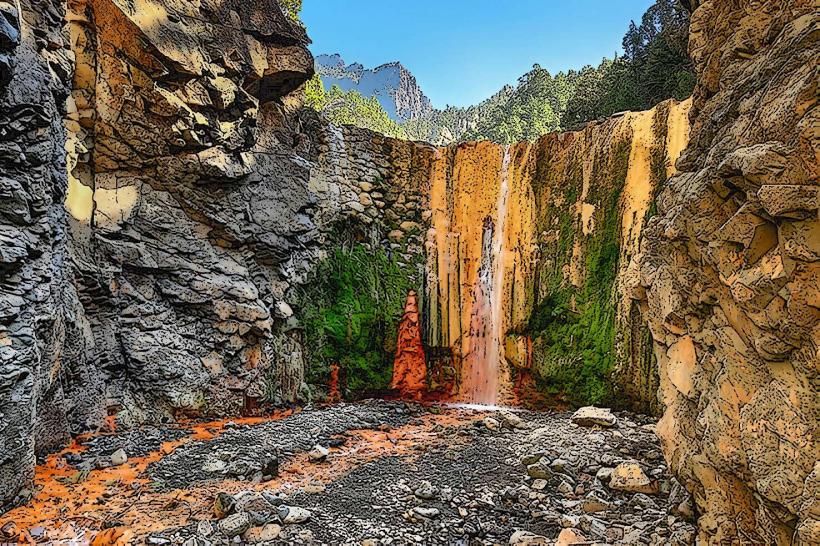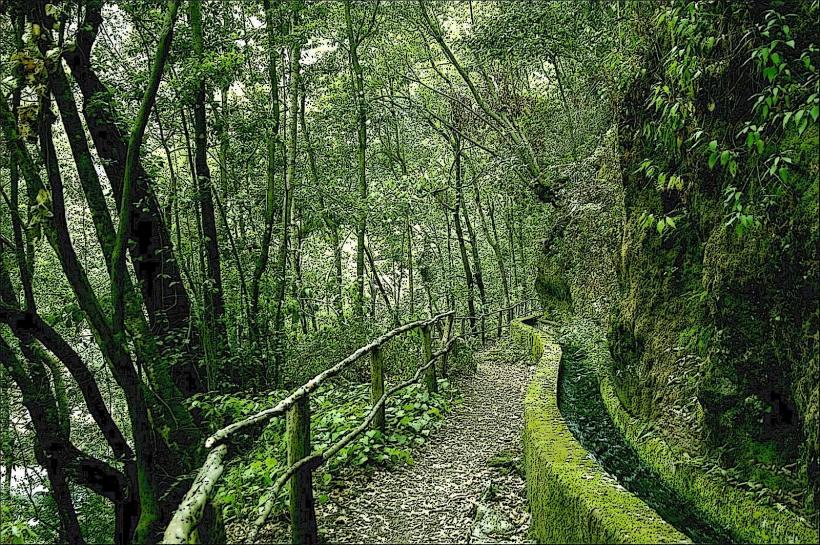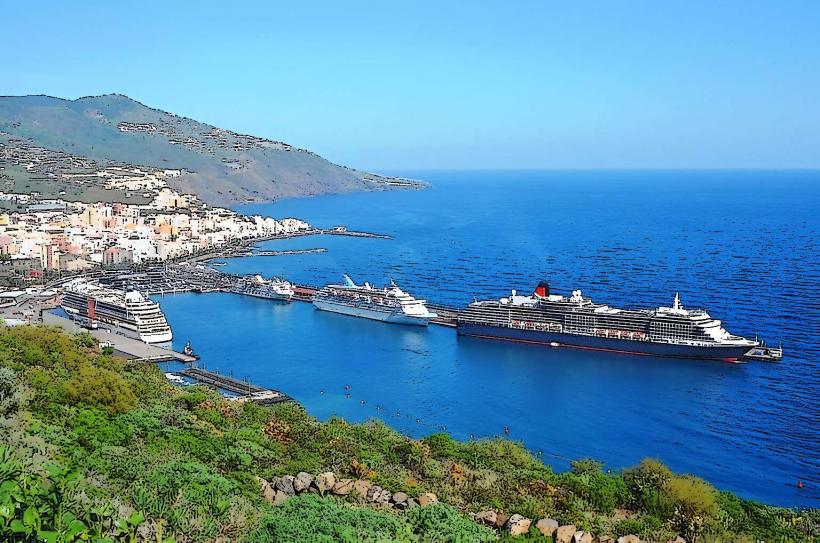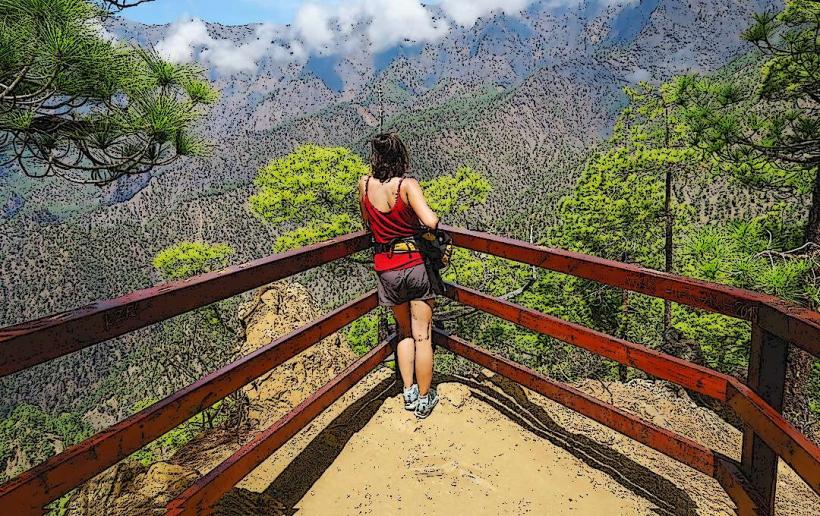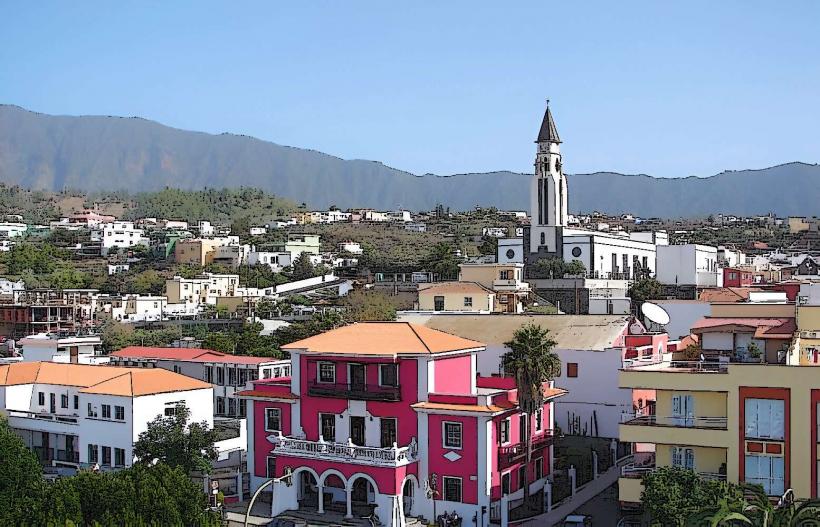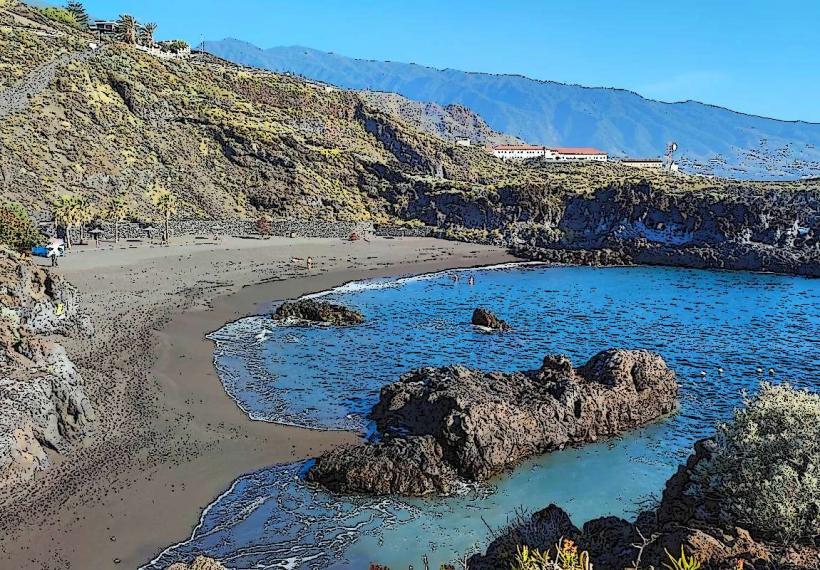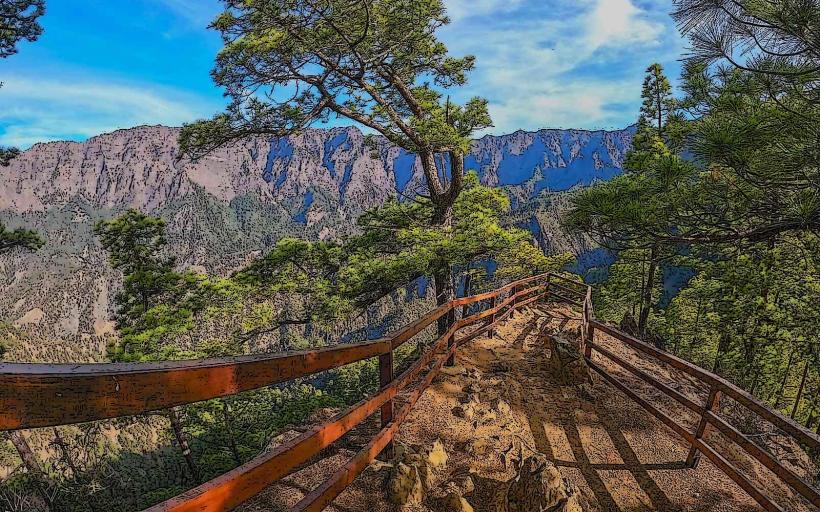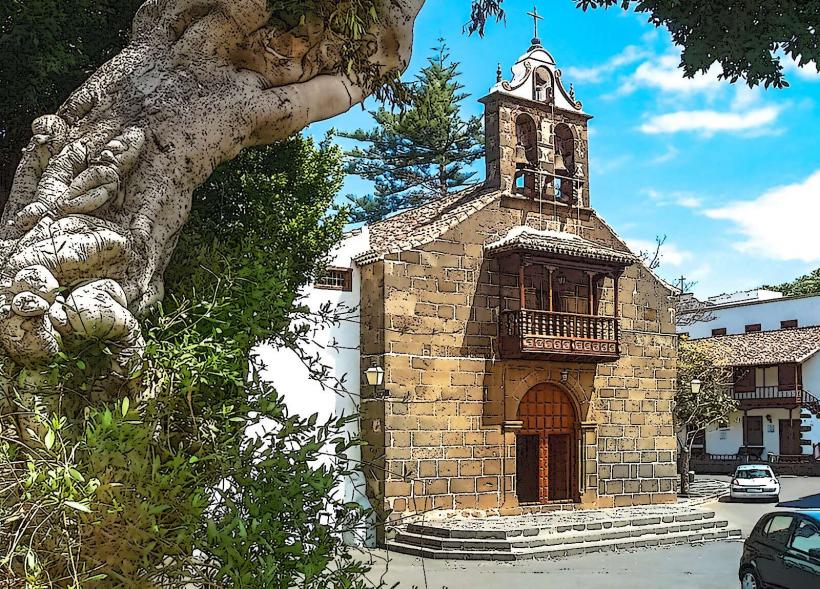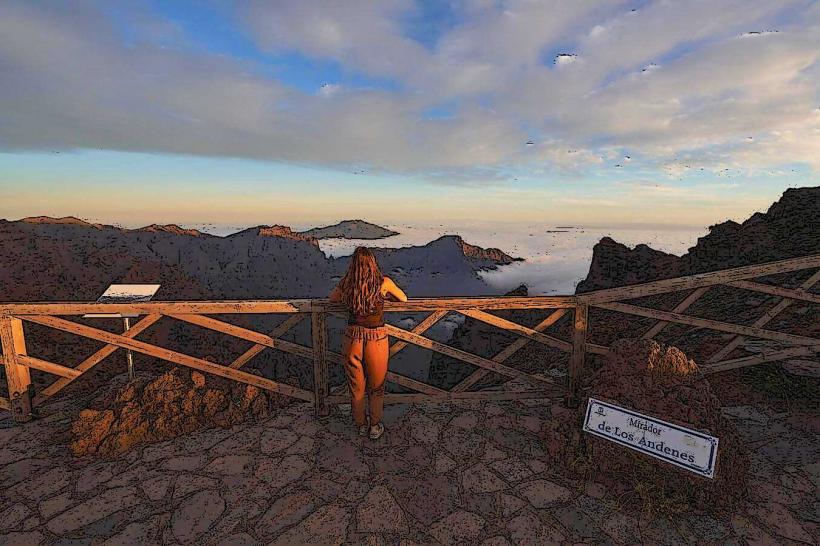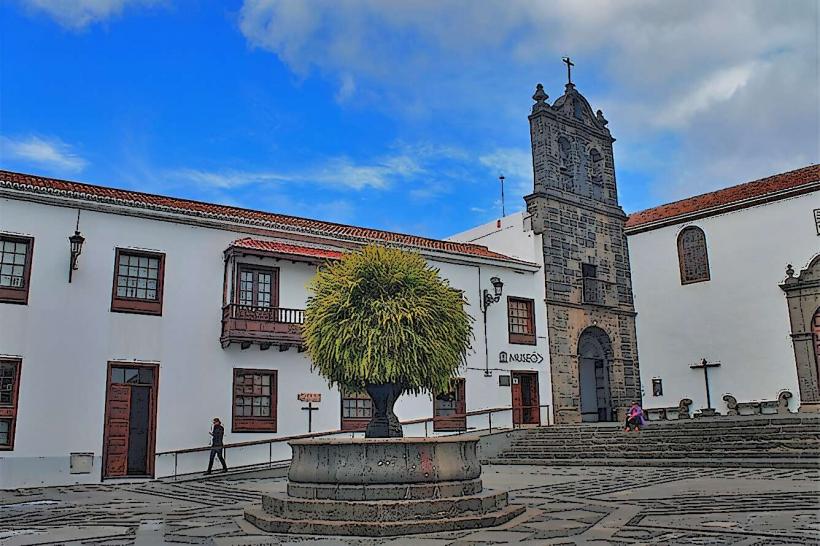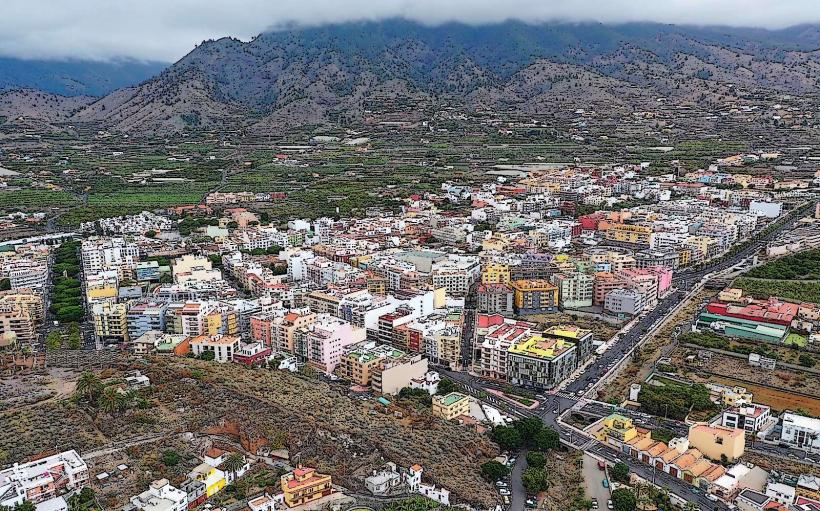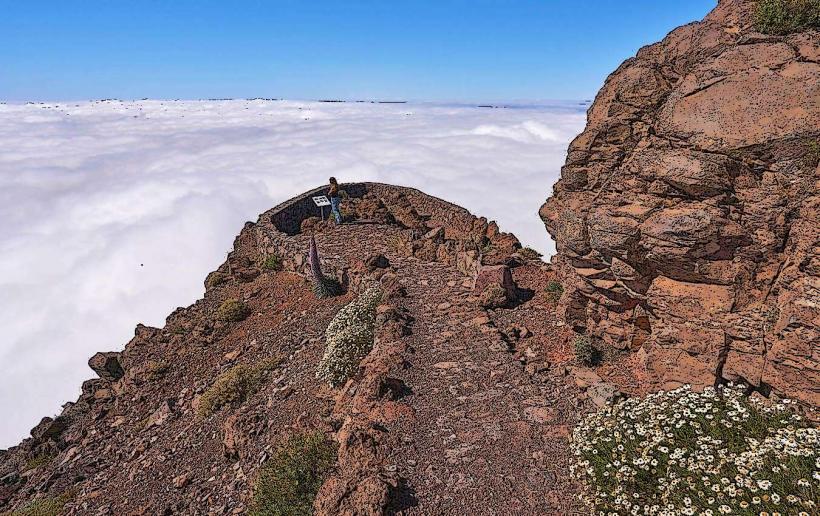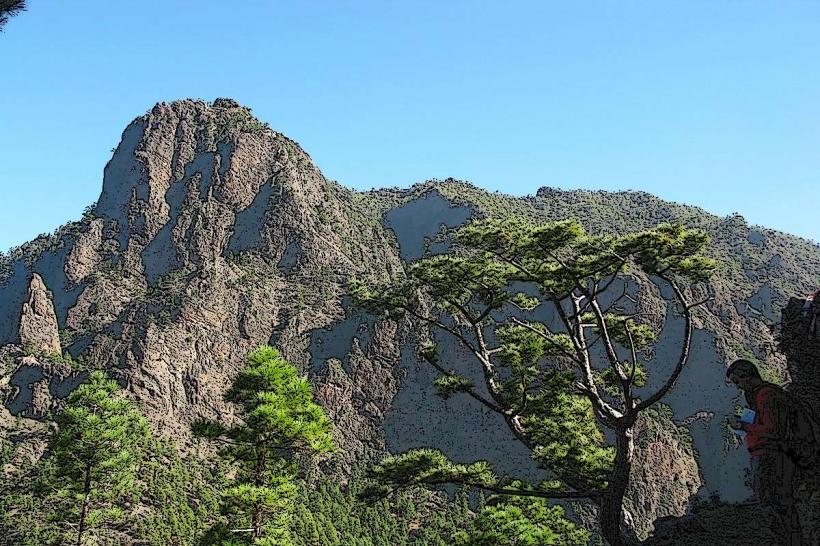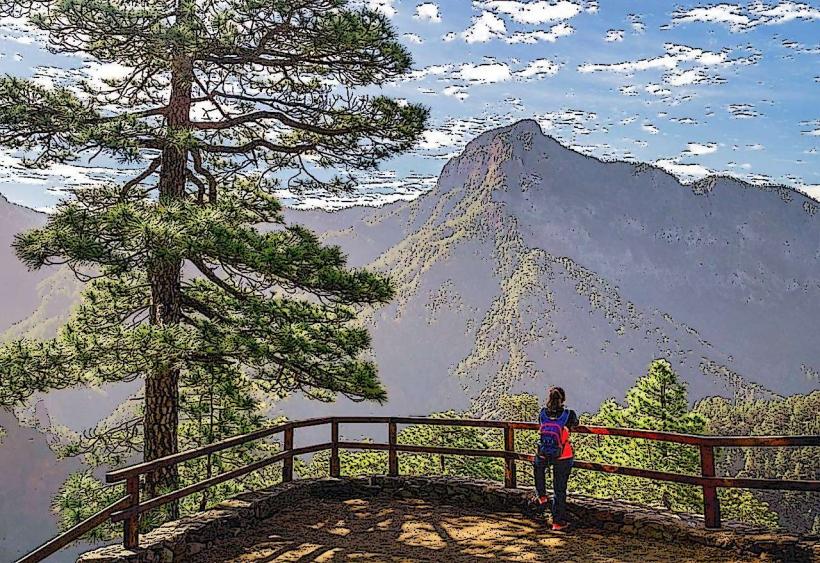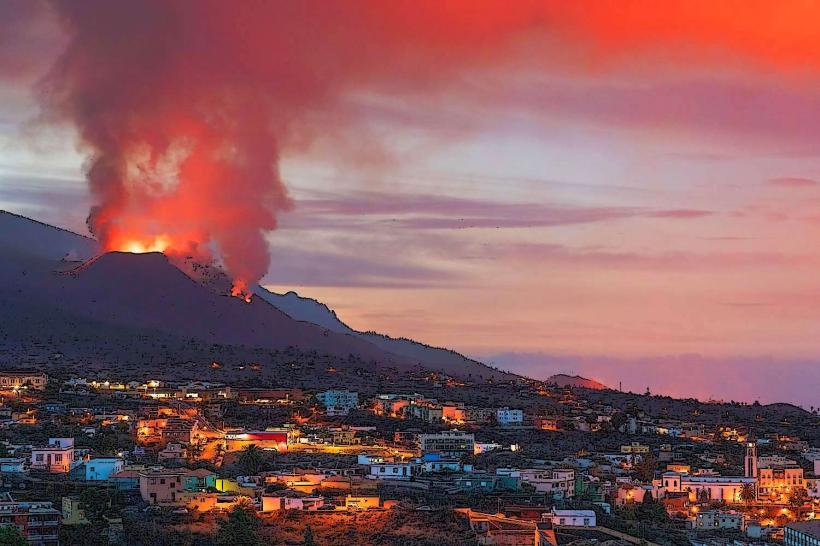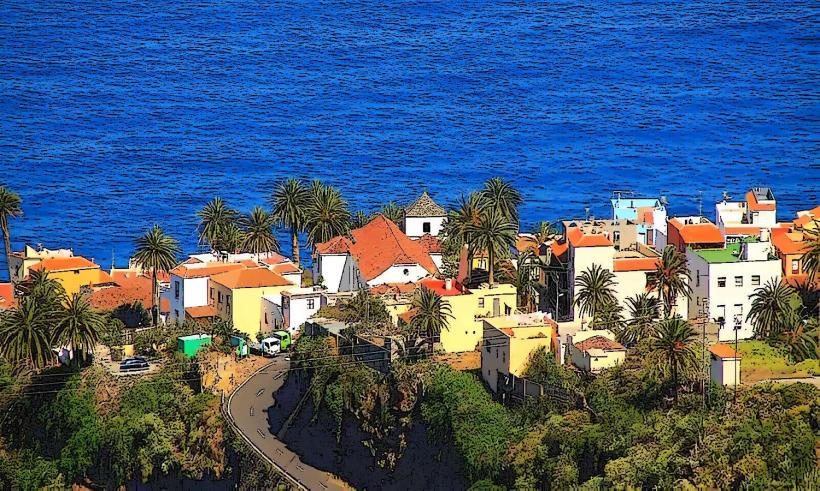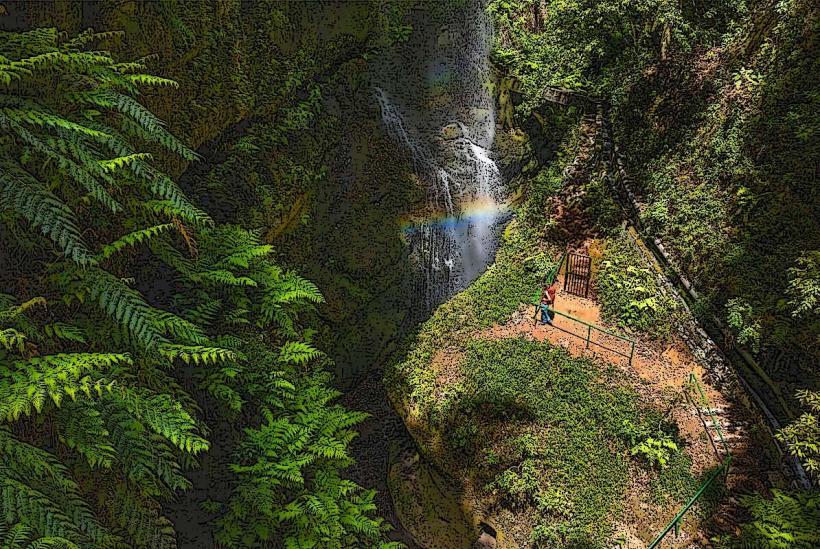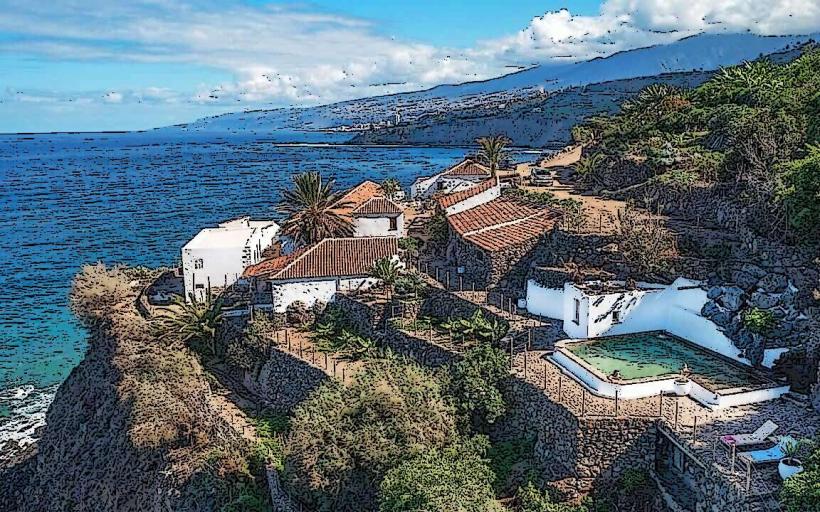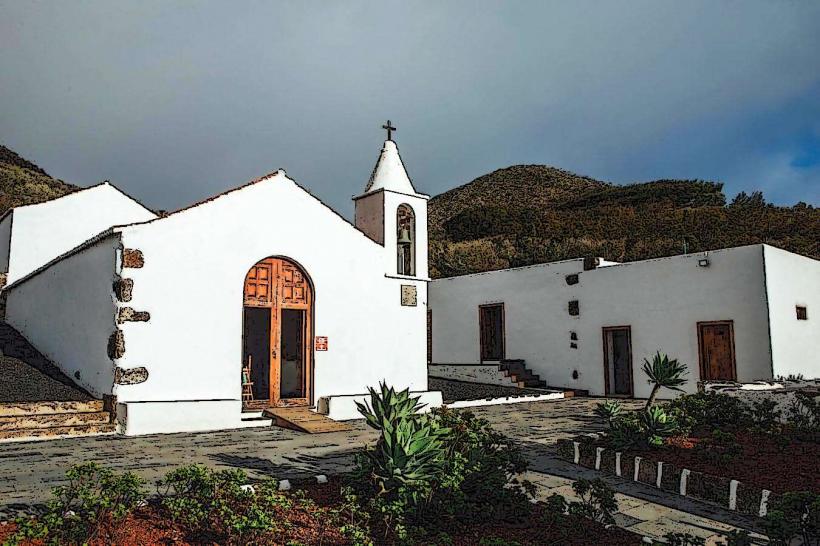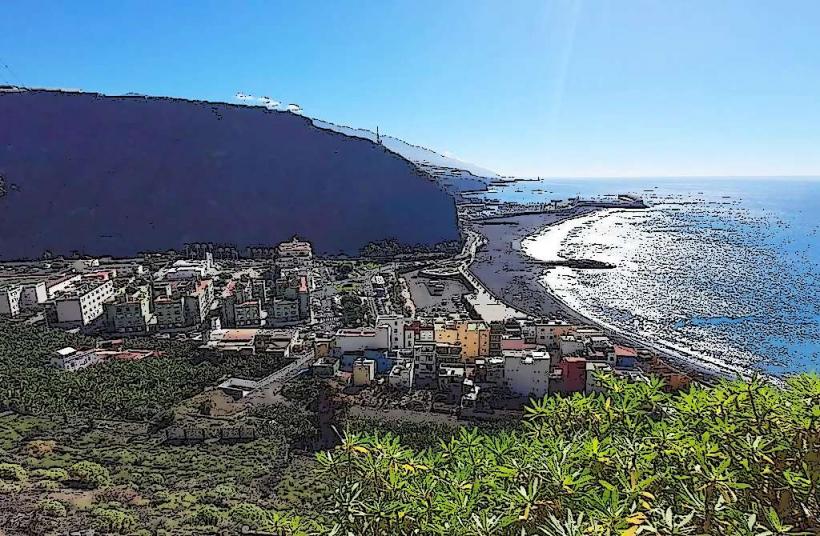Information
Landmark: Volcán de San JuanCity: La Palma
Country: Canary Islands
Continent: Europe
Volcán de San Juan is one of the notable volcanic features on the island of La Palma, Canary Islands, Spain. It is located in the southern part of the island, in the region of Fuencaliente, and is part of the island's overall volcanic landscape, which is characterized by its rugged terrain, lava flows, and dramatic geological formations.
Overview
- Name: Volcán de San Juan
- Location: The volcano is located on the southern edge of La Palma, near the Fuencaliente area, which is known for its volcanic activity and geothermal features.
- Type: It is a shield volcano, a type of volcano with broad, gently sloping sides that form from the eruption of low-viscosity lava flows.
- Last Eruption: The most recent eruption of Volcán de San Juan occurred in 1949. This eruption, while not as catastrophic as other eruptions on the island, was significant in that it added to the ongoing volcanic activity on La Palma and contributed to the island’s ever-changing landscape.
Eruption History
The 1949 eruption of Volcán de San Juan was part of a series of volcanic events that shaped the island. The eruption began on October 24, 1949, and continued for several weeks. It led to the formation of new lava fields in the Fuencaliente region and impacted nearby areas with the flow of lava. The eruption was not as violent as some of La Palma’s more explosive eruptions, but it still had a significant impact on the local environment and was closely monitored.
Geological Significance
- Volcanic Landscape: The volcano is part of the Cumbre Vieja volcanic ridge, a major volcanic zone on La Palma, and lies near other notable volcanic craters, including Volcán Teneguía and Volcán de San Antonio.
- The eruption of Volcán de San Juan helped to shape the current volcanic landscape of southern La Palma, which is marked by expansive lava fields, craters, and volcanic cones. The eruption contributed to the rich soil in the area, which is ideal for agriculture, especially vineyards and banana plantations.
The Volcano Today
Volcanic Crater:
- The crater of Volcán de San Juan is visible today and is an intriguing feature for visitors. It is surrounded by areas of hardened lava and steep slopes. The volcanic landscape is both rugged and striking, providing a unique glimpse into the island's volcanic history.
Hiking and Tours:
- Volcán de San Juan is a popular spot for hiking and volcanic tourism. Several trails lead through the lava fields, offering close-up views of the volcanic terrain and the surrounding landscape. The route around the volcano allows visitors to experience the beauty of the volcanic craters, the varying textures of the lava flows, and the flora that has slowly reclaimed parts of the area.
Nearby Attractions:
- Volcán de San Antonio: Located nearby, this volcanic crater offers spectacular views of the island and is often paired with a visit to Volcán de San Juan.
- Teneguía Volcano: Another nearby volcanic site, Teneguía erupted in 1971, and its flow of lava can still be seen in some areas. It is located just to the south of Volcán de San Juan and is part of the larger volcanic region in the south of La Palma.
Fuencaliente:
- The Fuencaliente area, located near Volcán de San Juan, is known for its geothermal activity and stunning landscapes. The town is famous for its salt pans, Salinas de Fuencaliente, which have been in operation since Roman times and are still active today. The region is also known for winemaking, and vineyards in the area produce wine from grapes grown in volcanic soils.
Agriculture:
- The fertile volcanic soils around Volcán de San Juan have made the region ideal for agriculture, particularly the cultivation of grapes (for wine production), bananas, and other crops. The unique volcanic terrain adds to the appeal of the local agricultural products.
Best Time to Visit
- The best time to visit Volcán de San Juan is typically in the spring or autumn, when the weather is mild and ideal for outdoor activities like hiking and exploring the volcanic landscape. Summer can be warmer, but the coastal areas, including Fuencaliente, tend to have a pleasant climate year-round.
Conclusion
Volcán de San Juan is an important volcanic feature on La Palma, offering both geological interest and scenic beauty. While the most recent eruption occurred in 1949, the volcano’s landscape continues to evolve, making it a fascinating spot for visitors interested in the island's volcanic activity. With nearby attractions like Volcán de San Antonio and Fuencaliente, the area around Volcán de San Juan is an excellent place to experience the dynamic nature of La Palma’s volcanic environment, making it a must-visit destination for those interested in the island’s geological and natural wonders.

